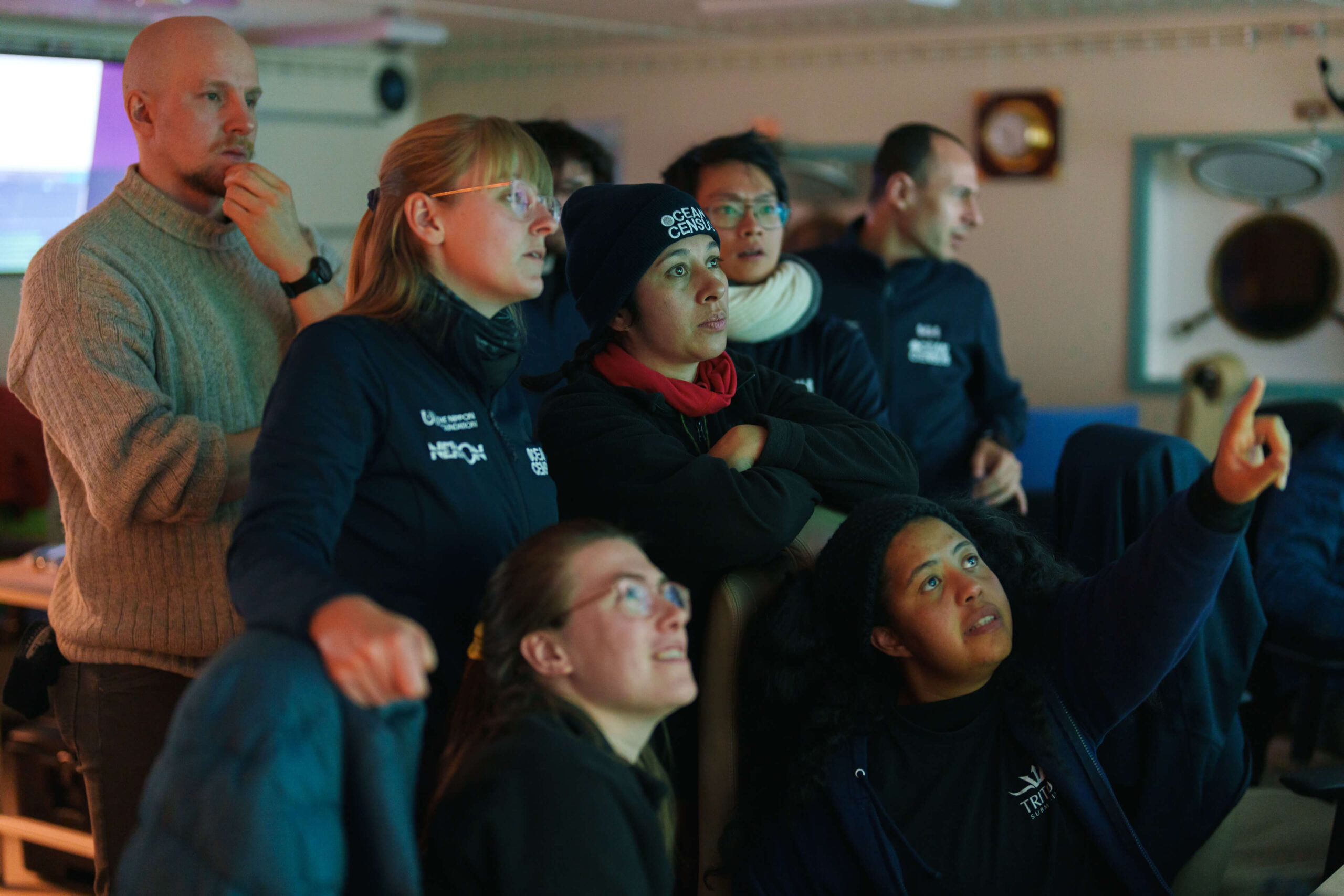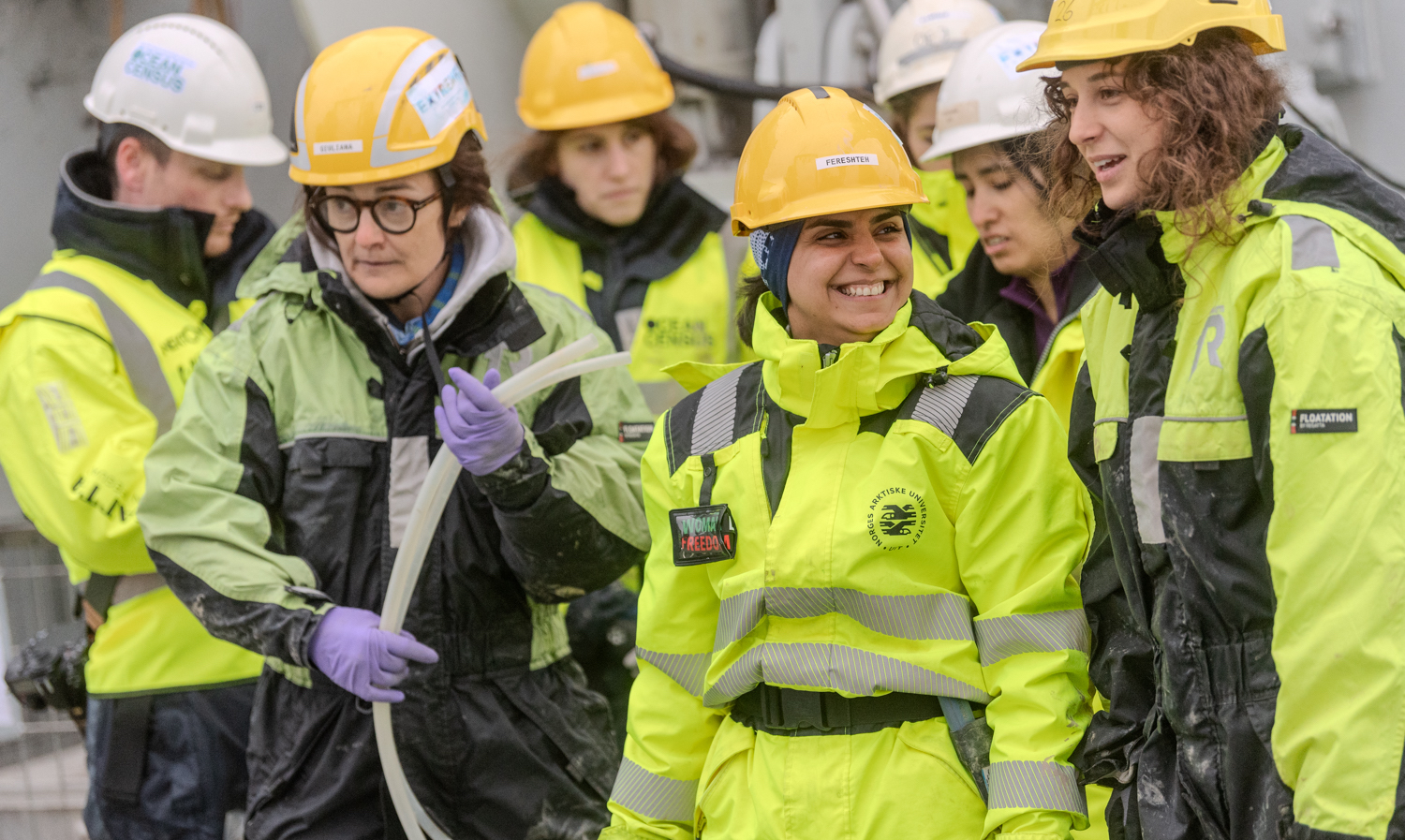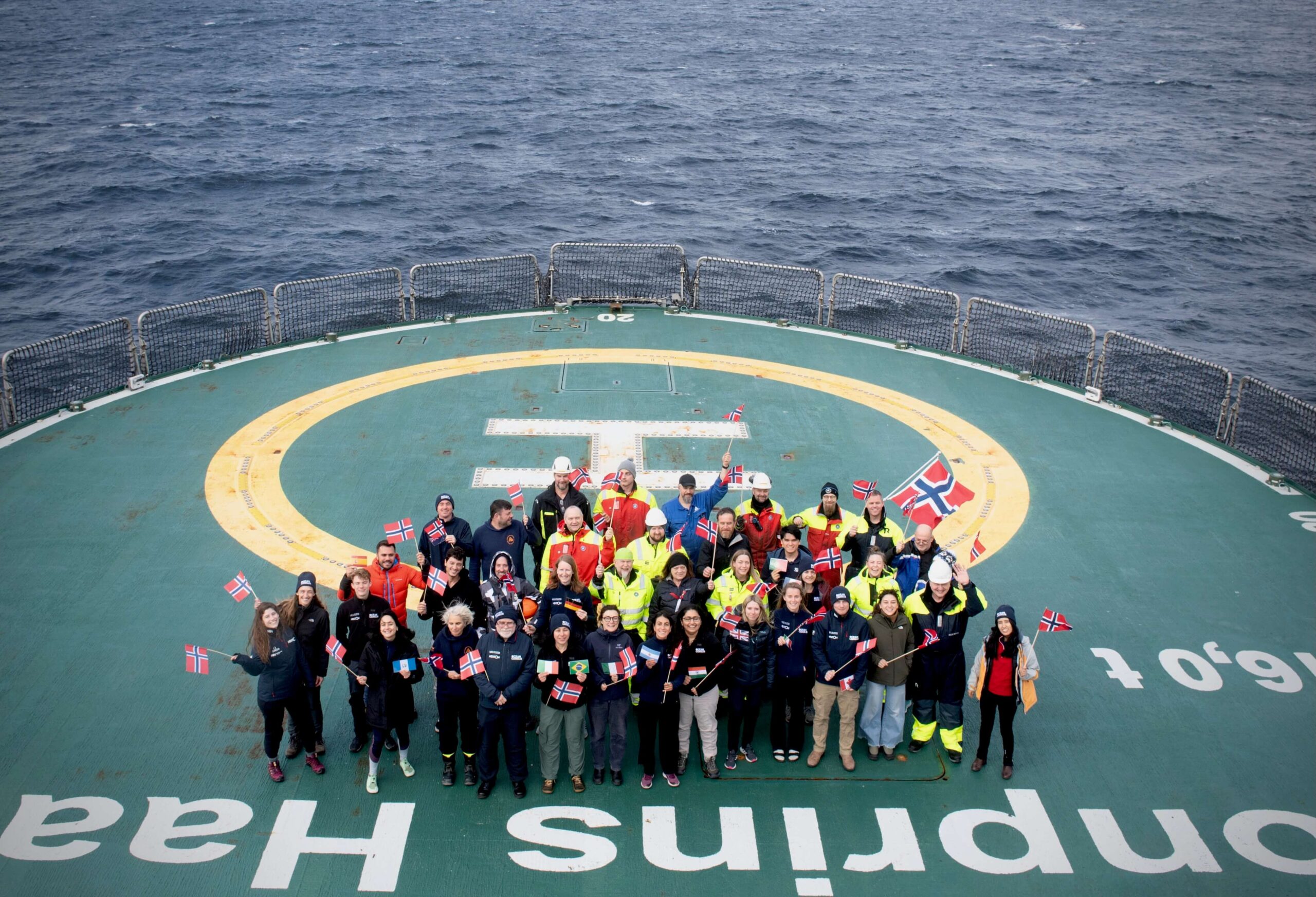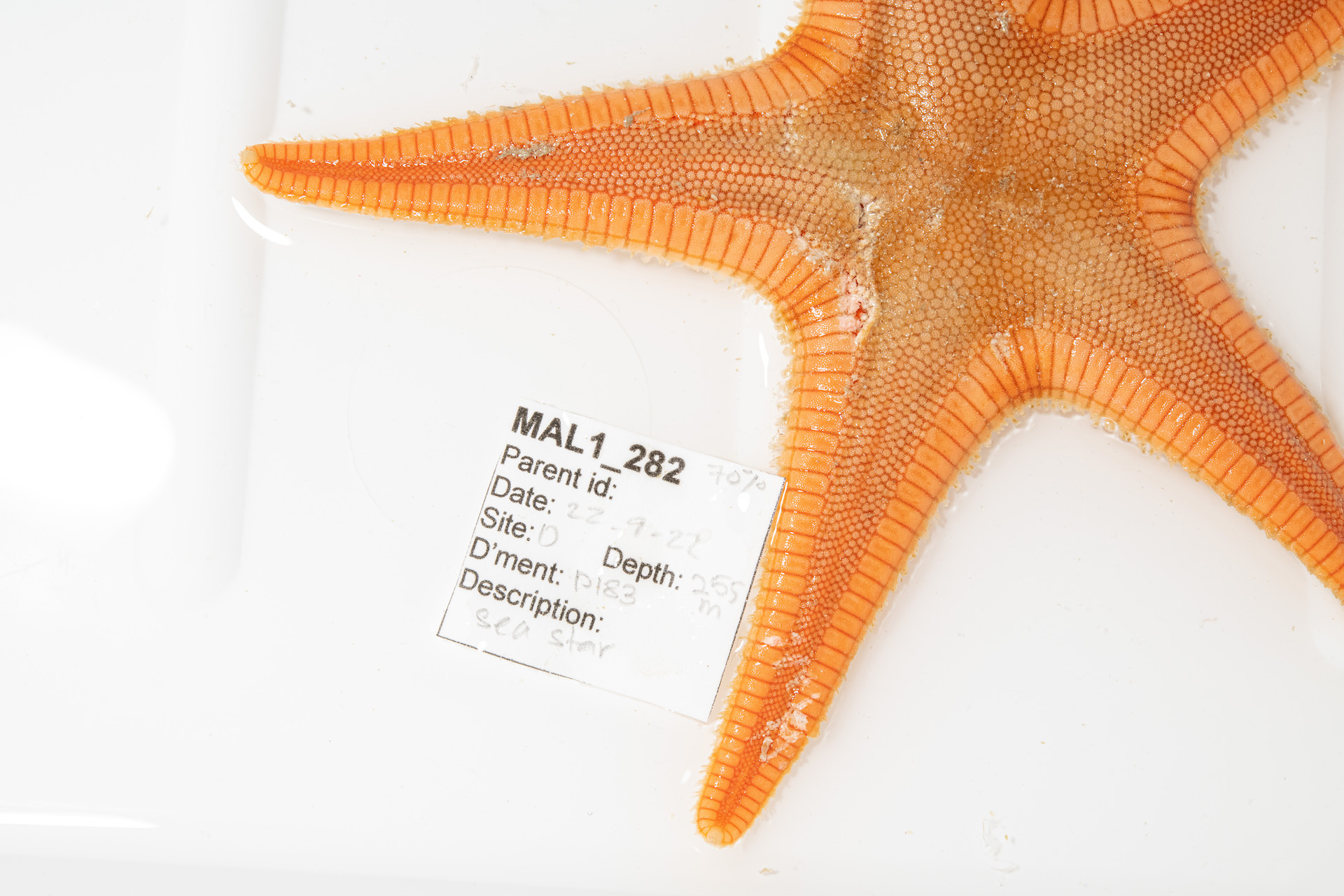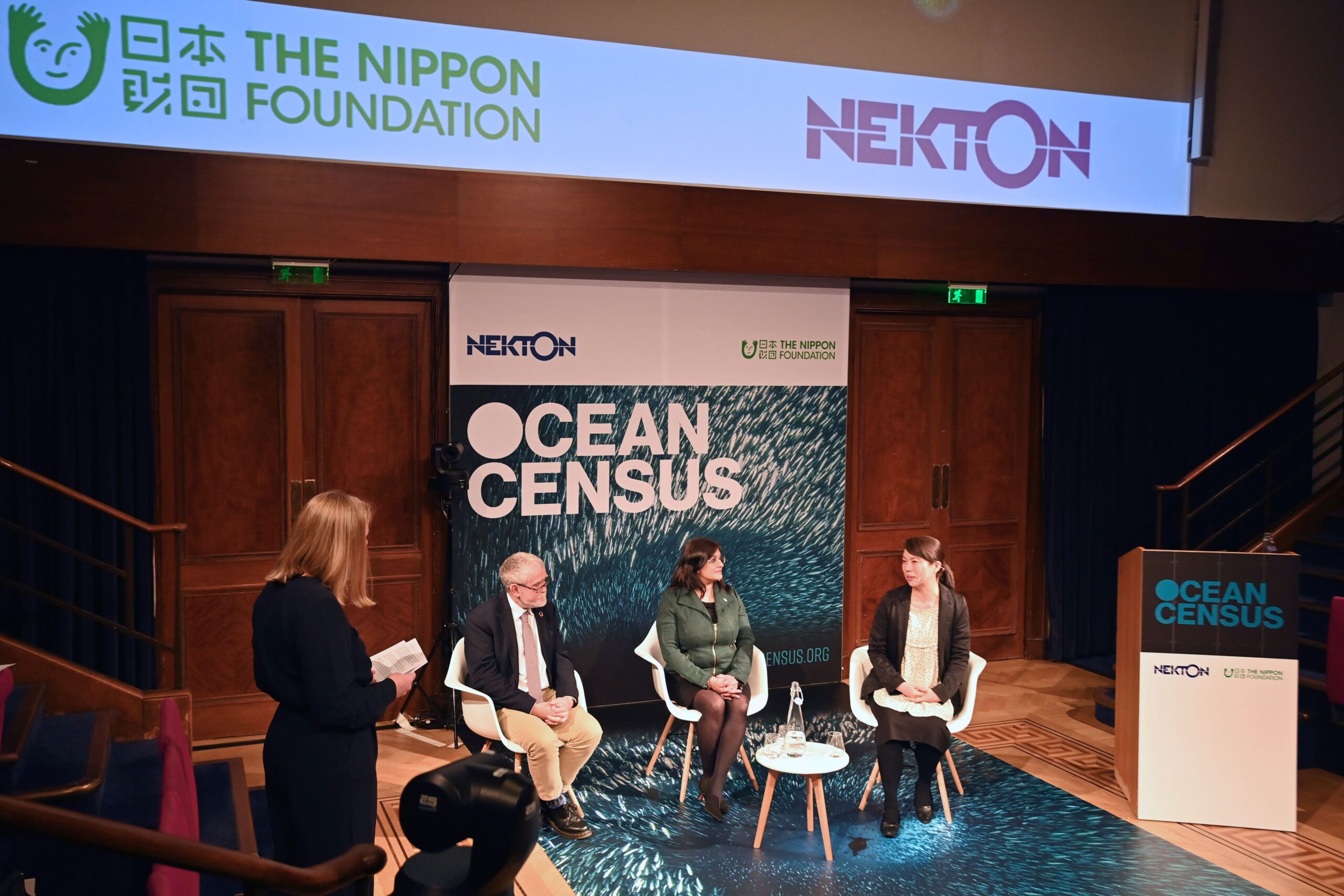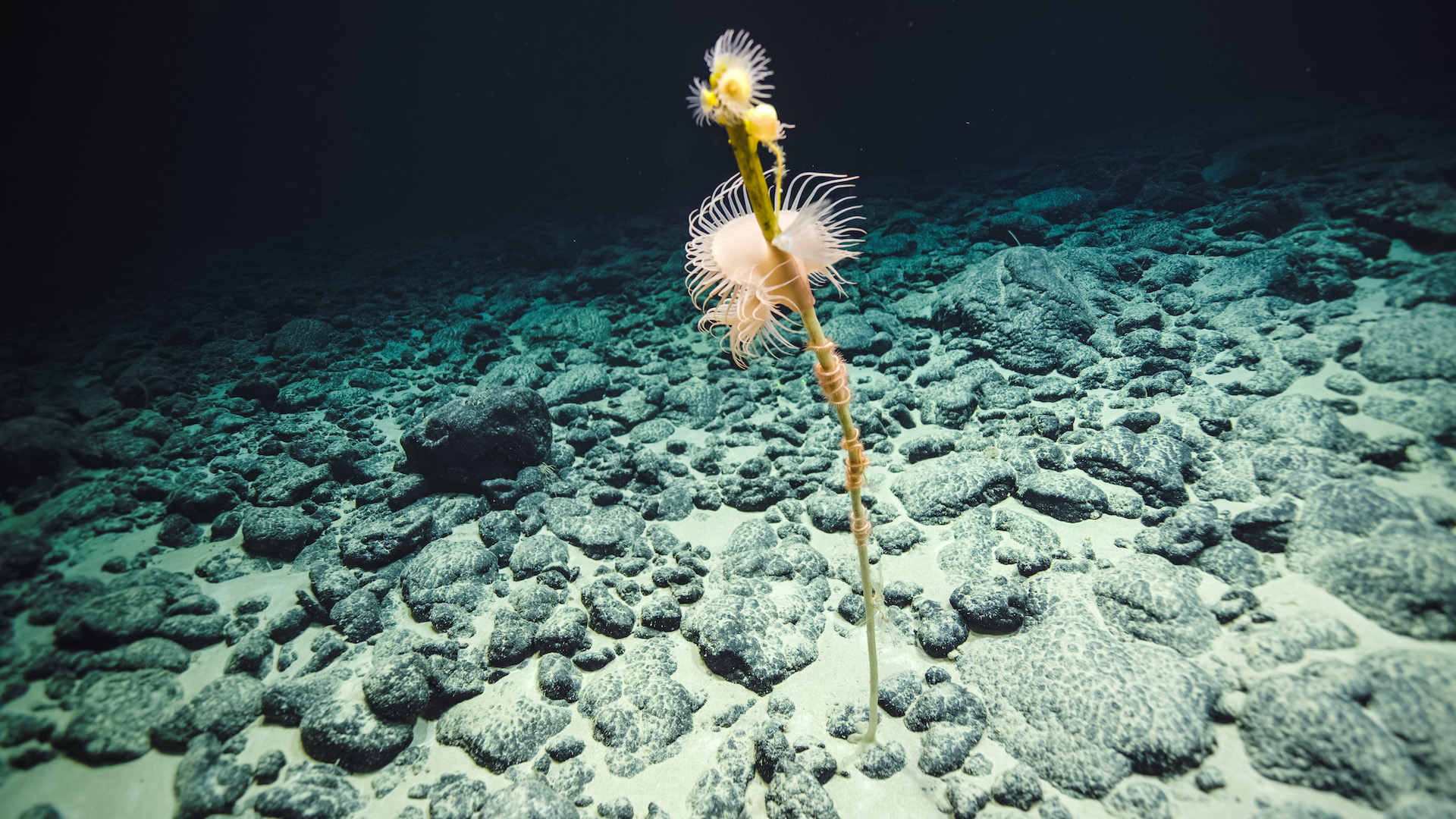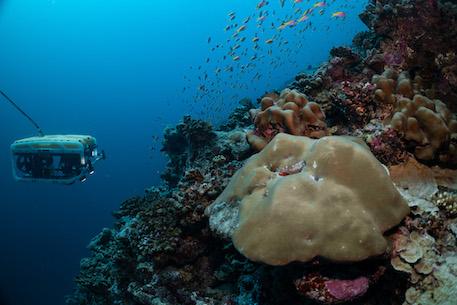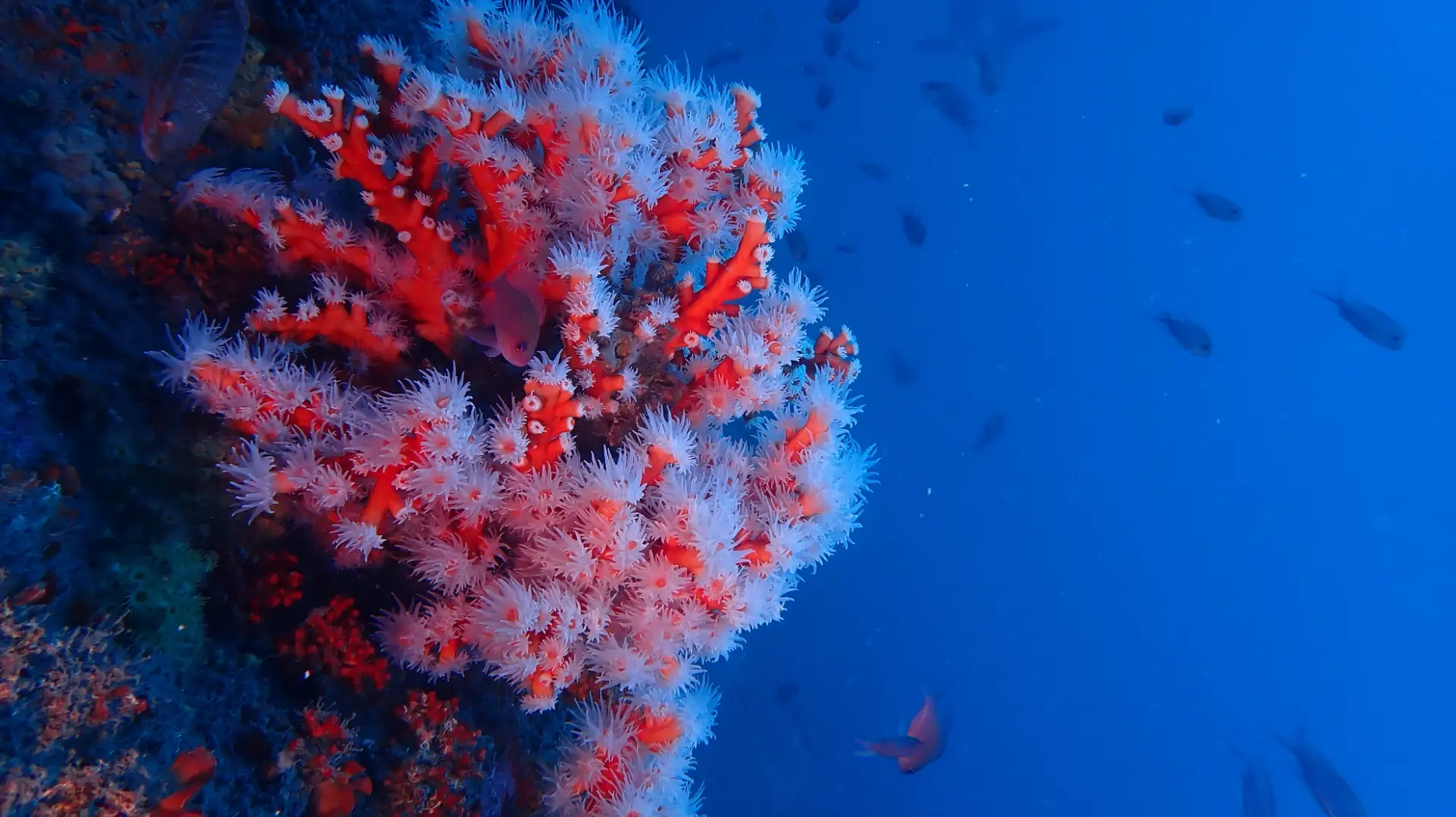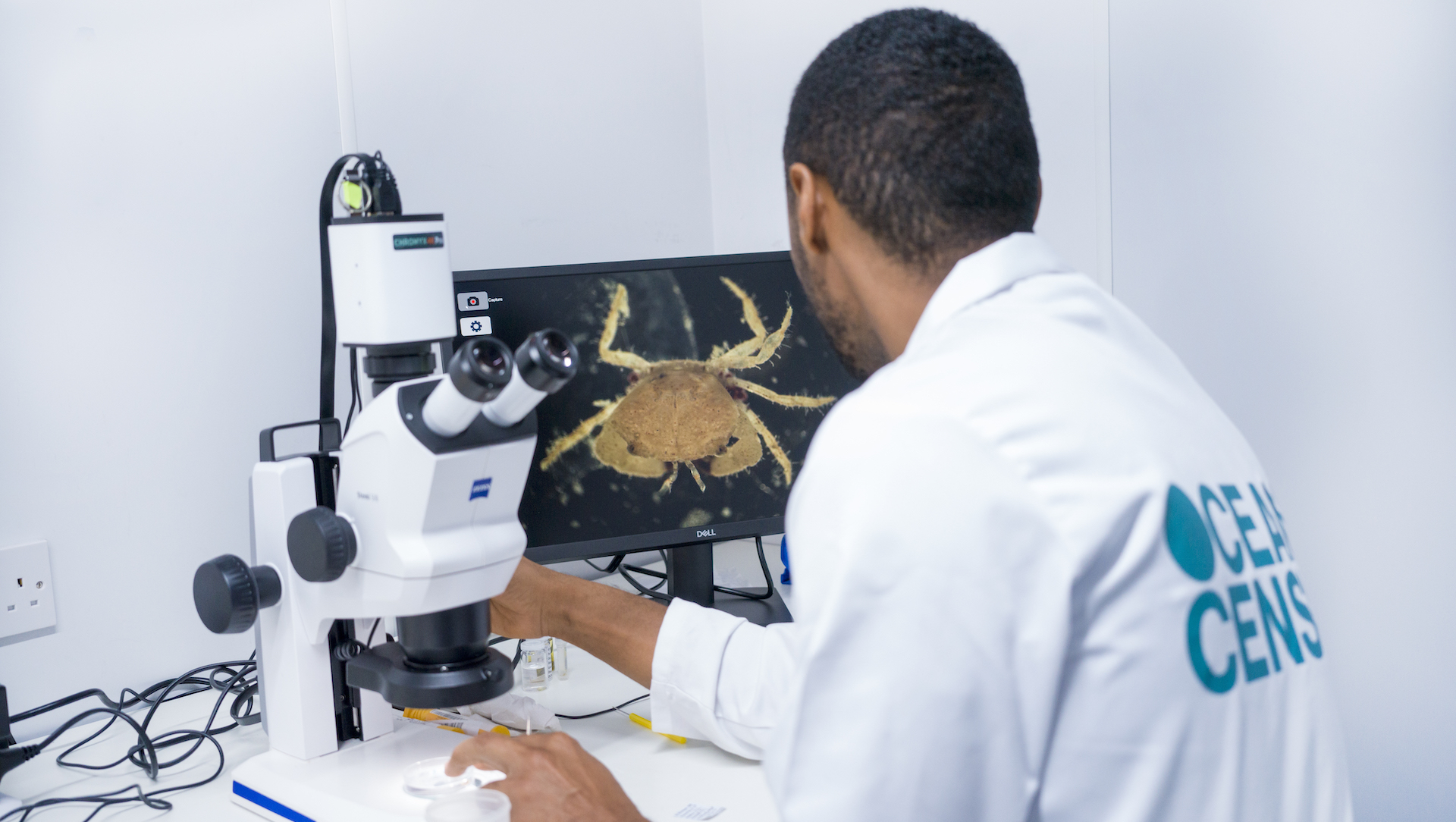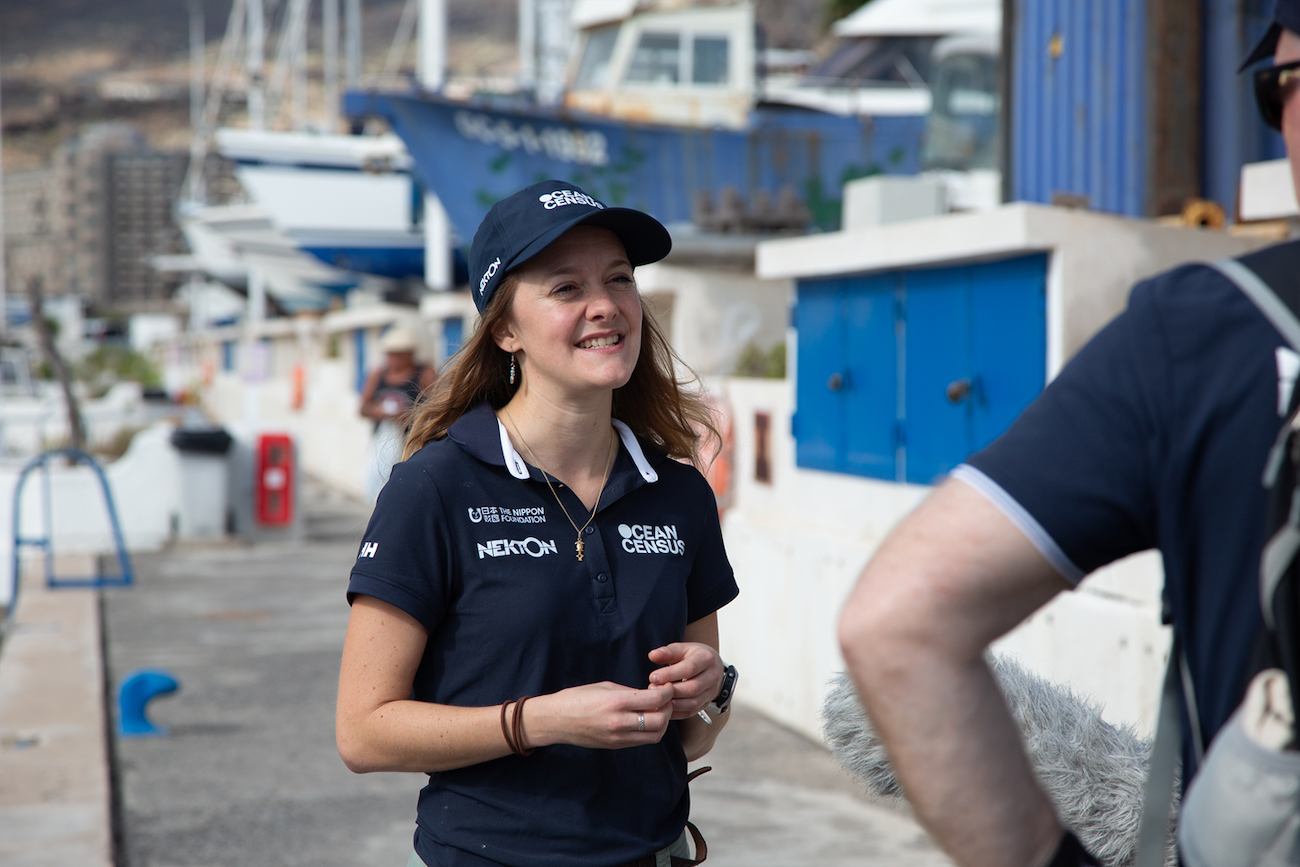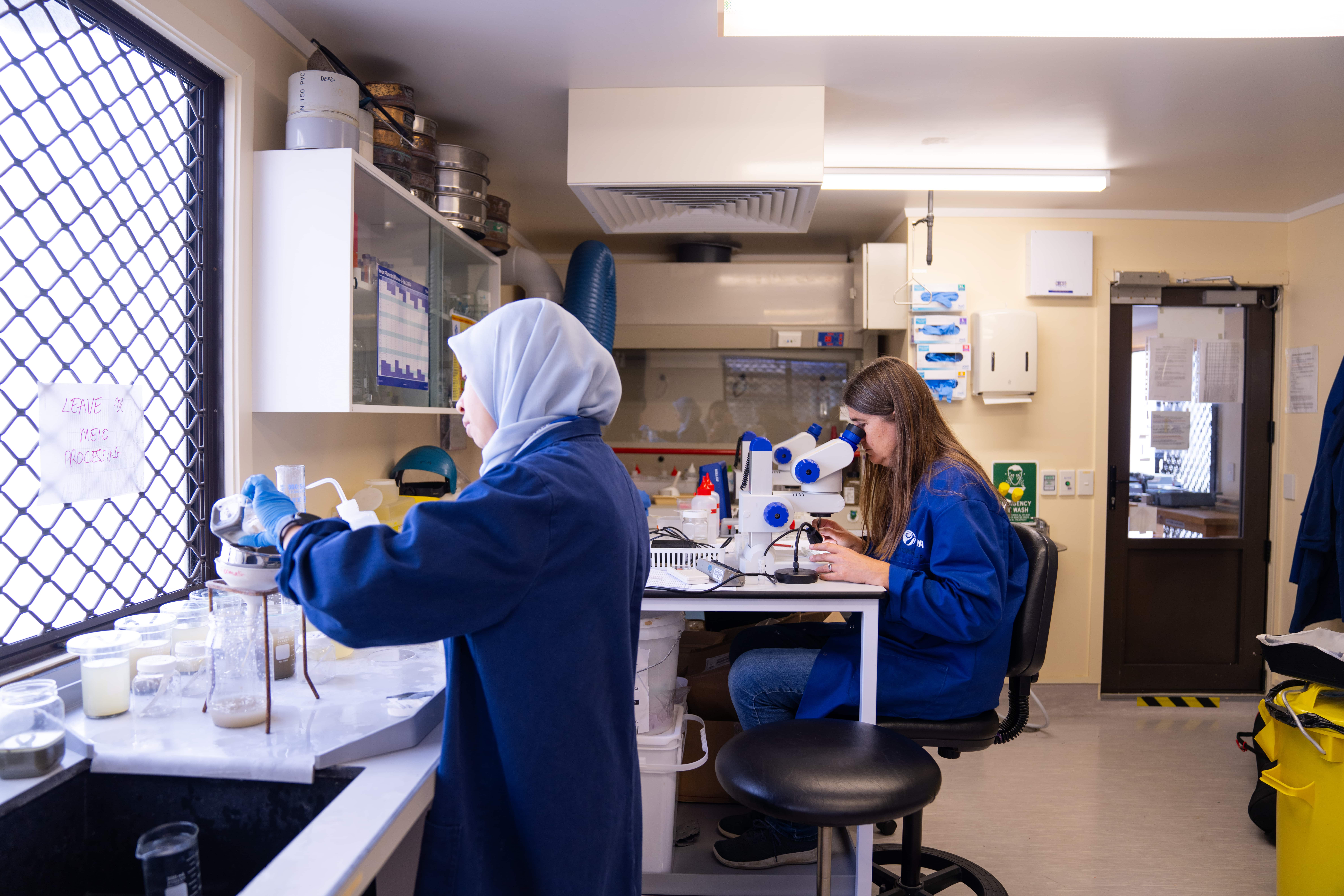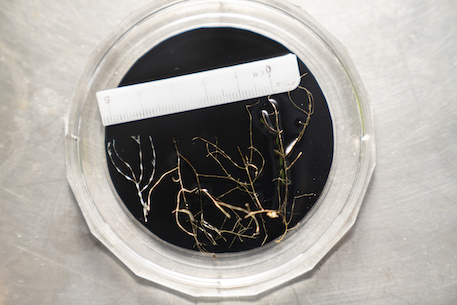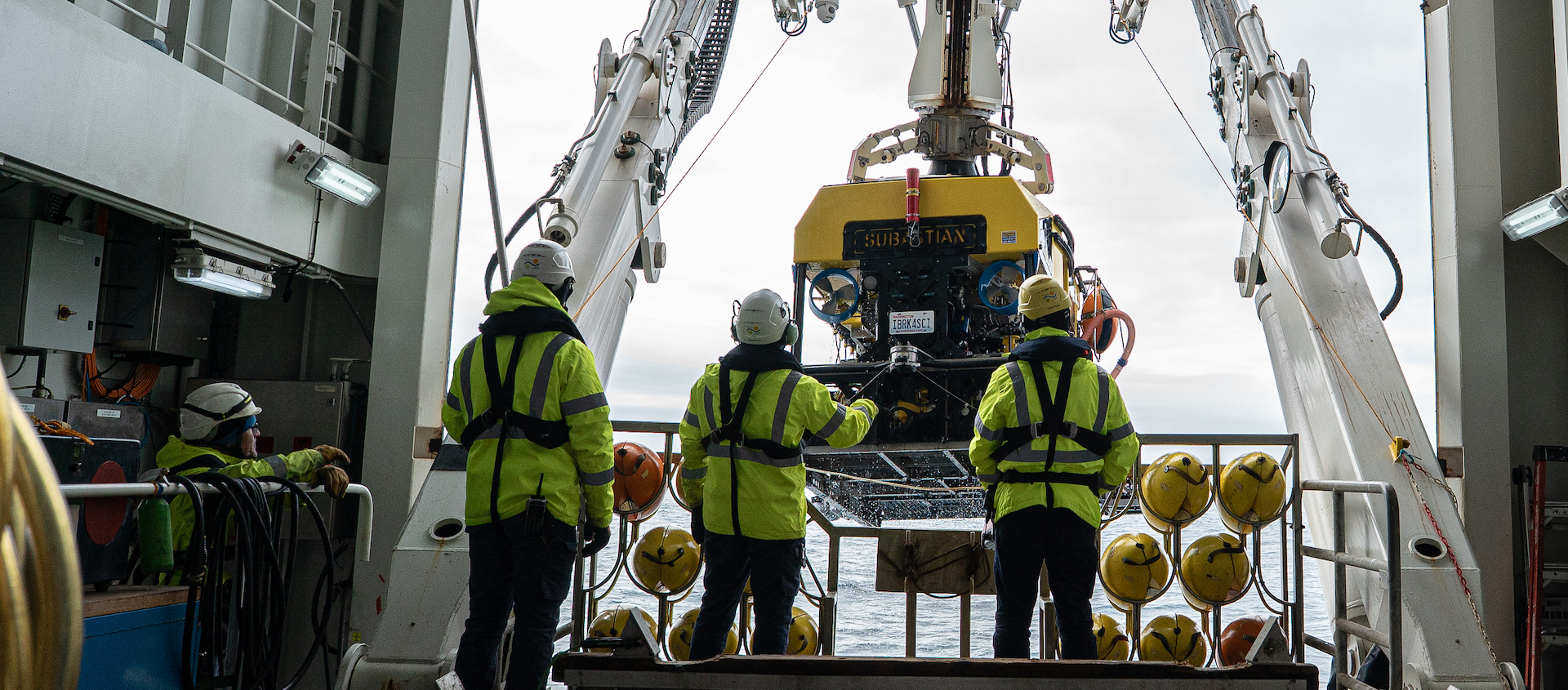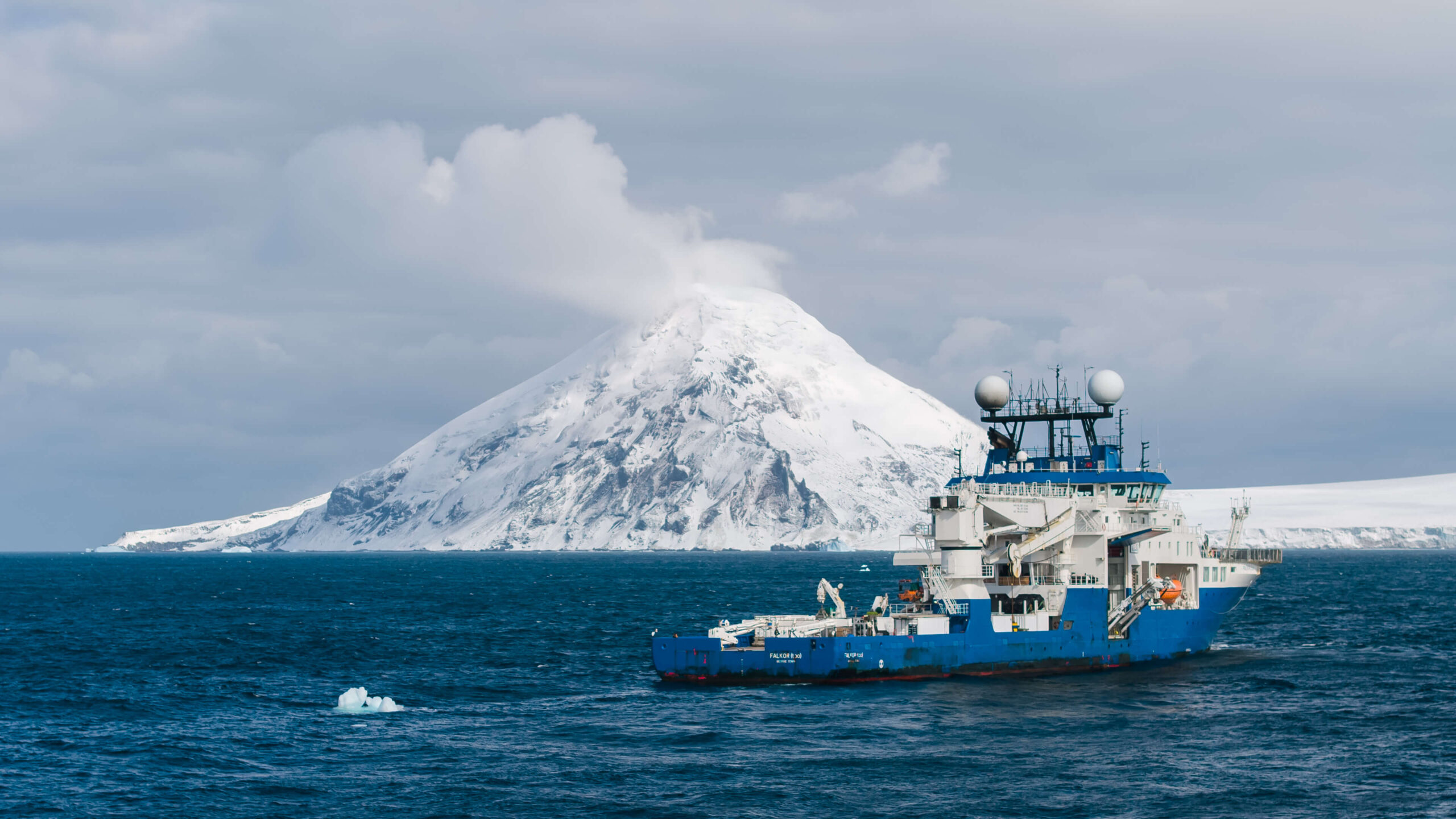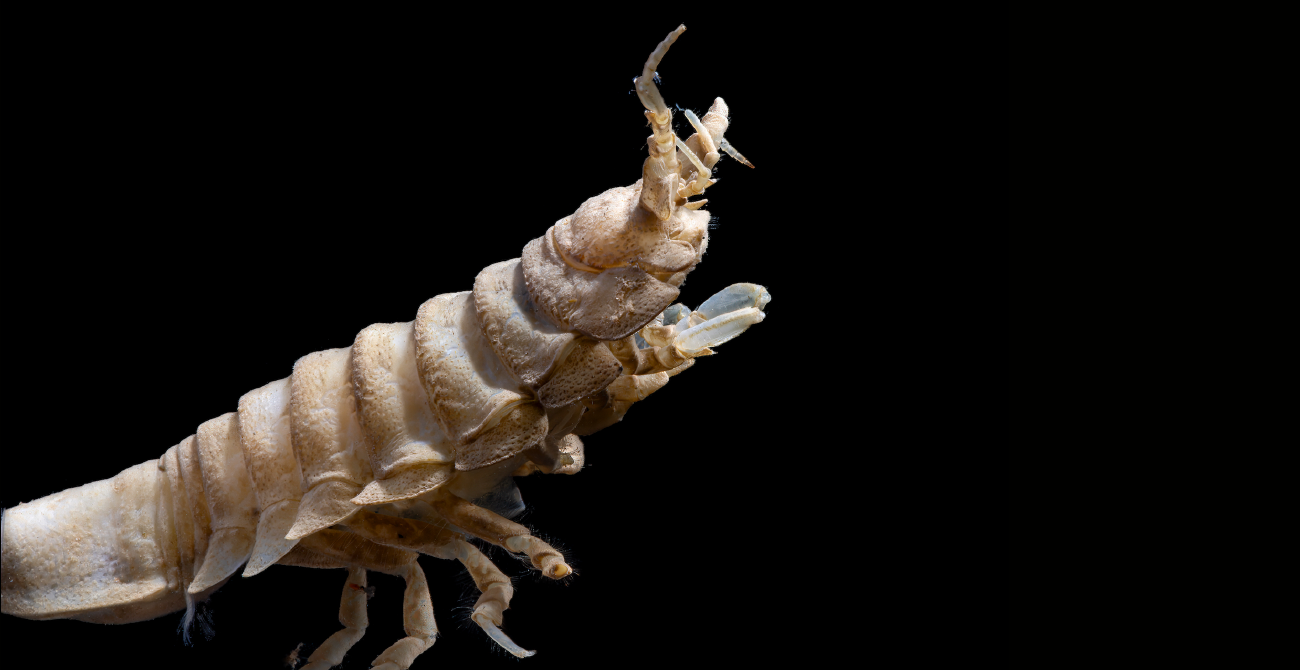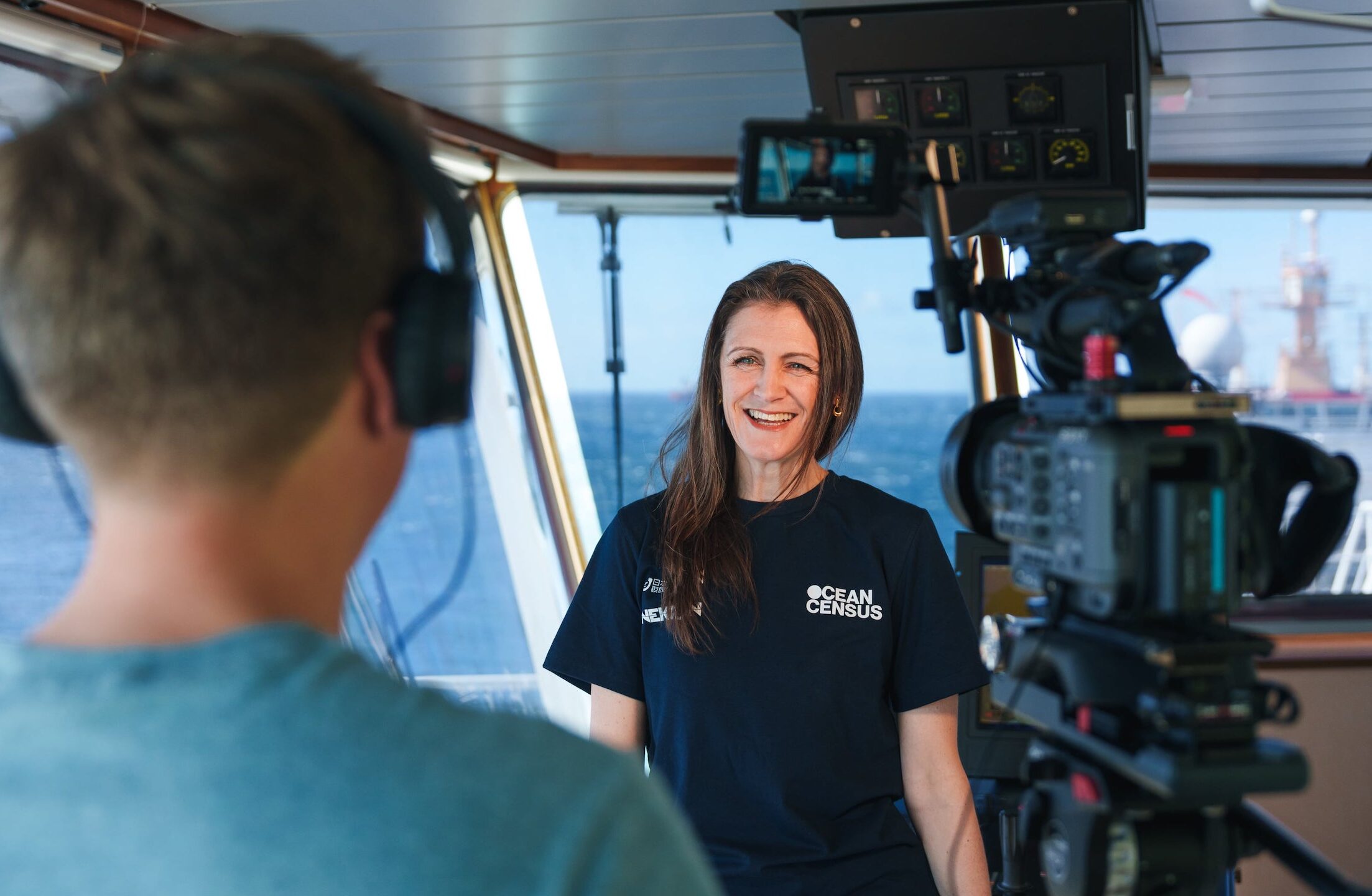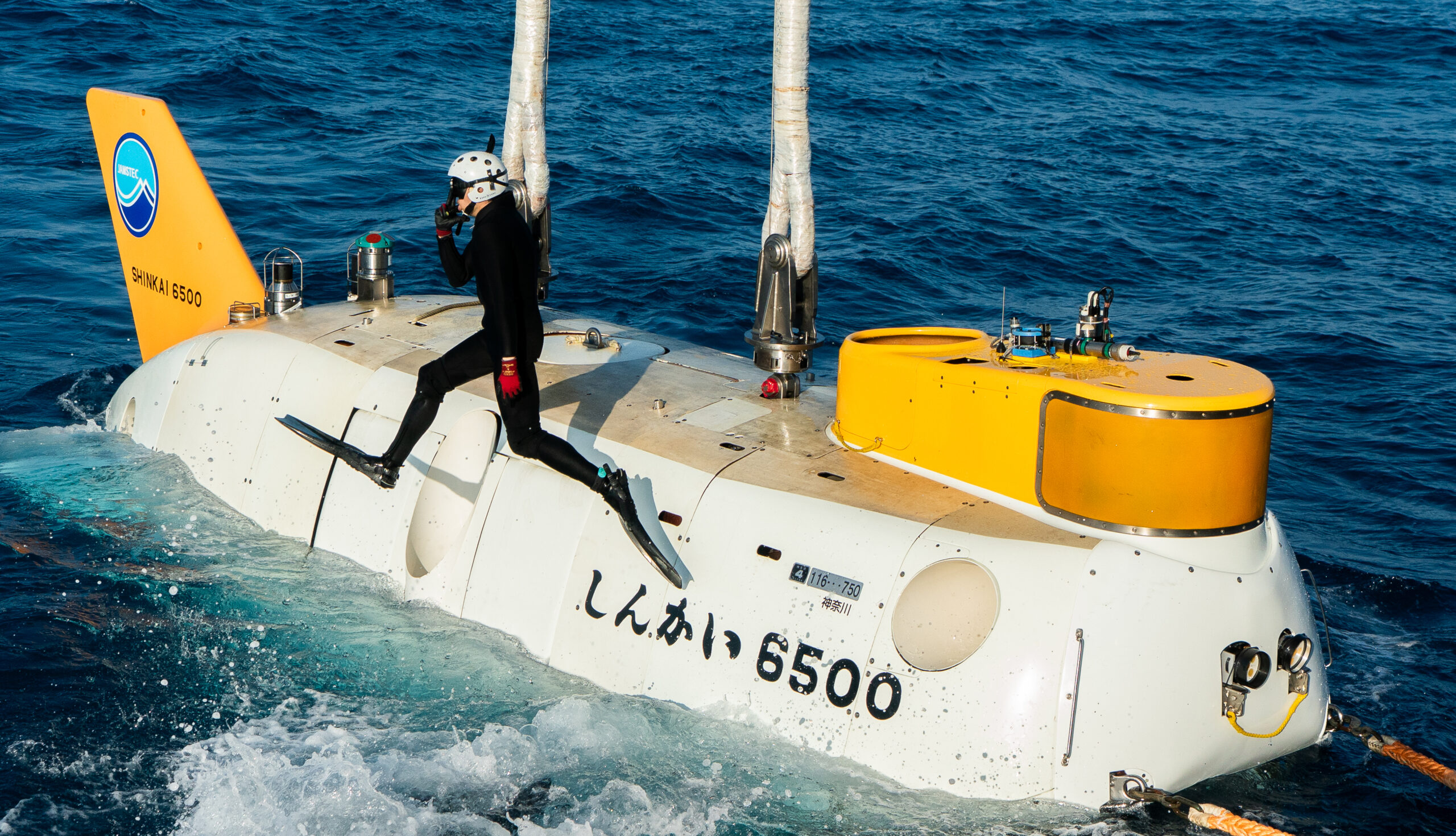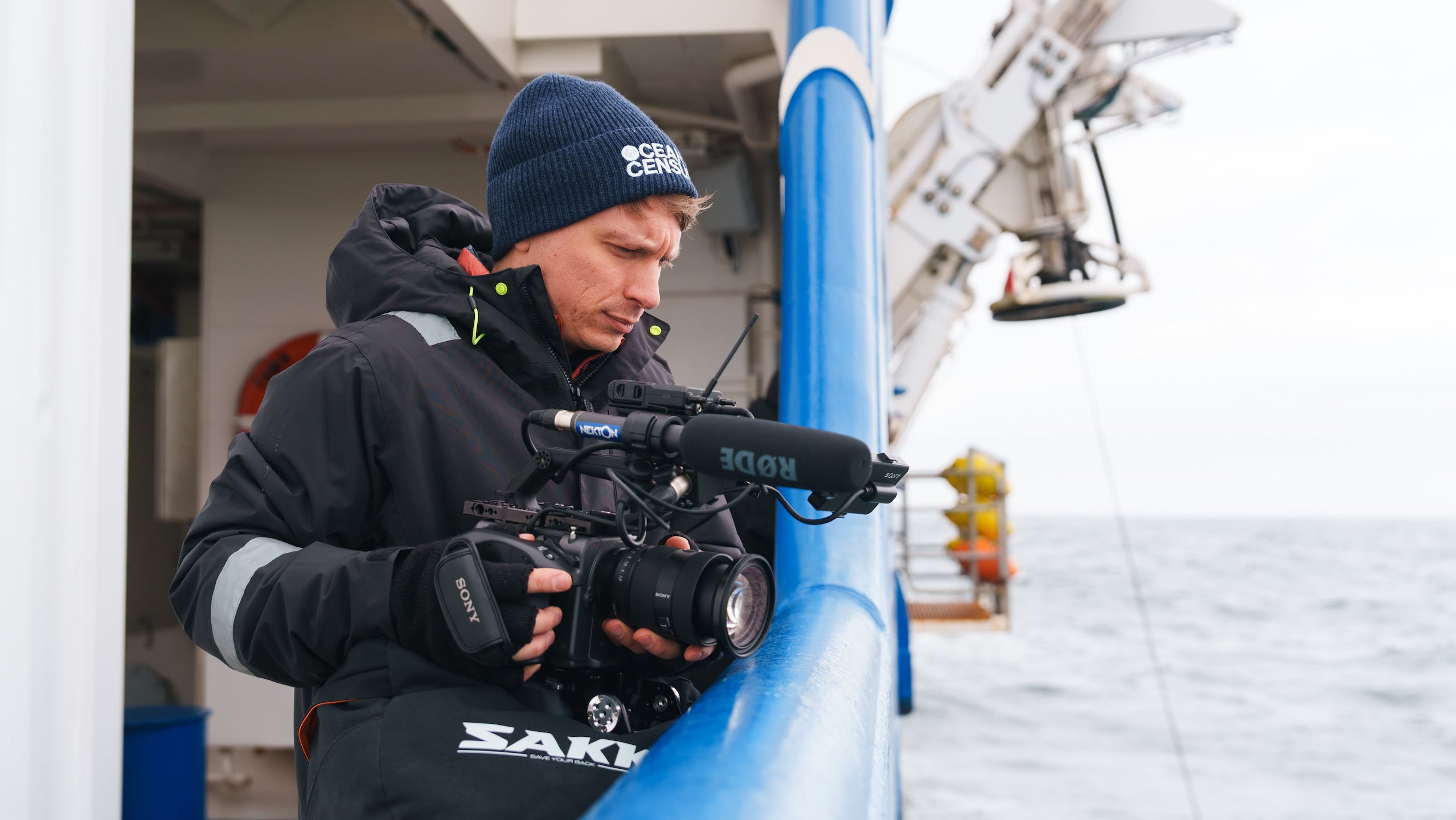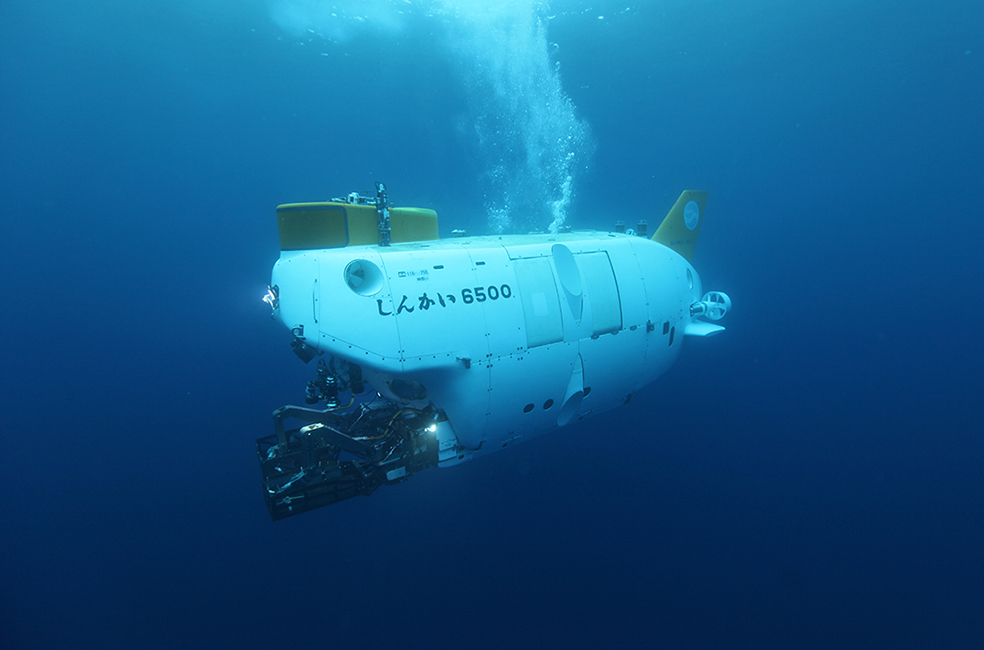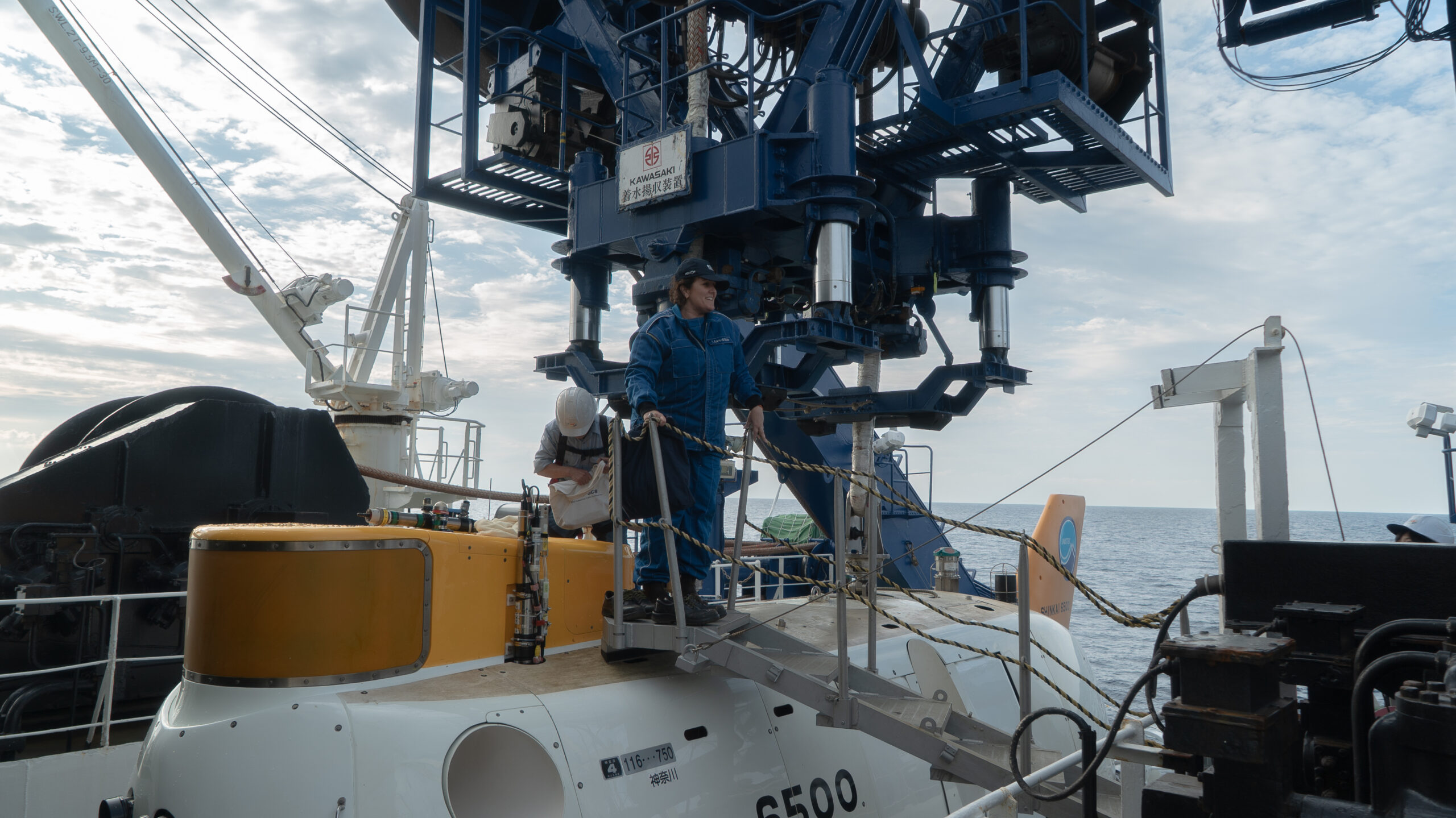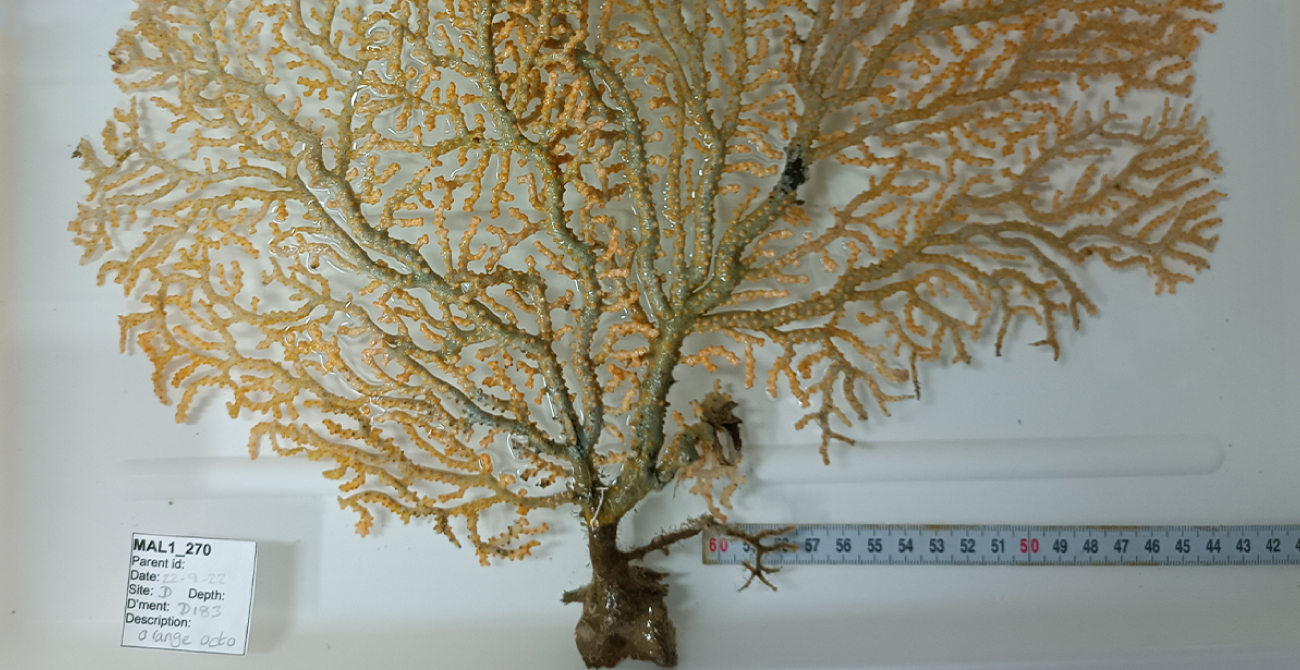
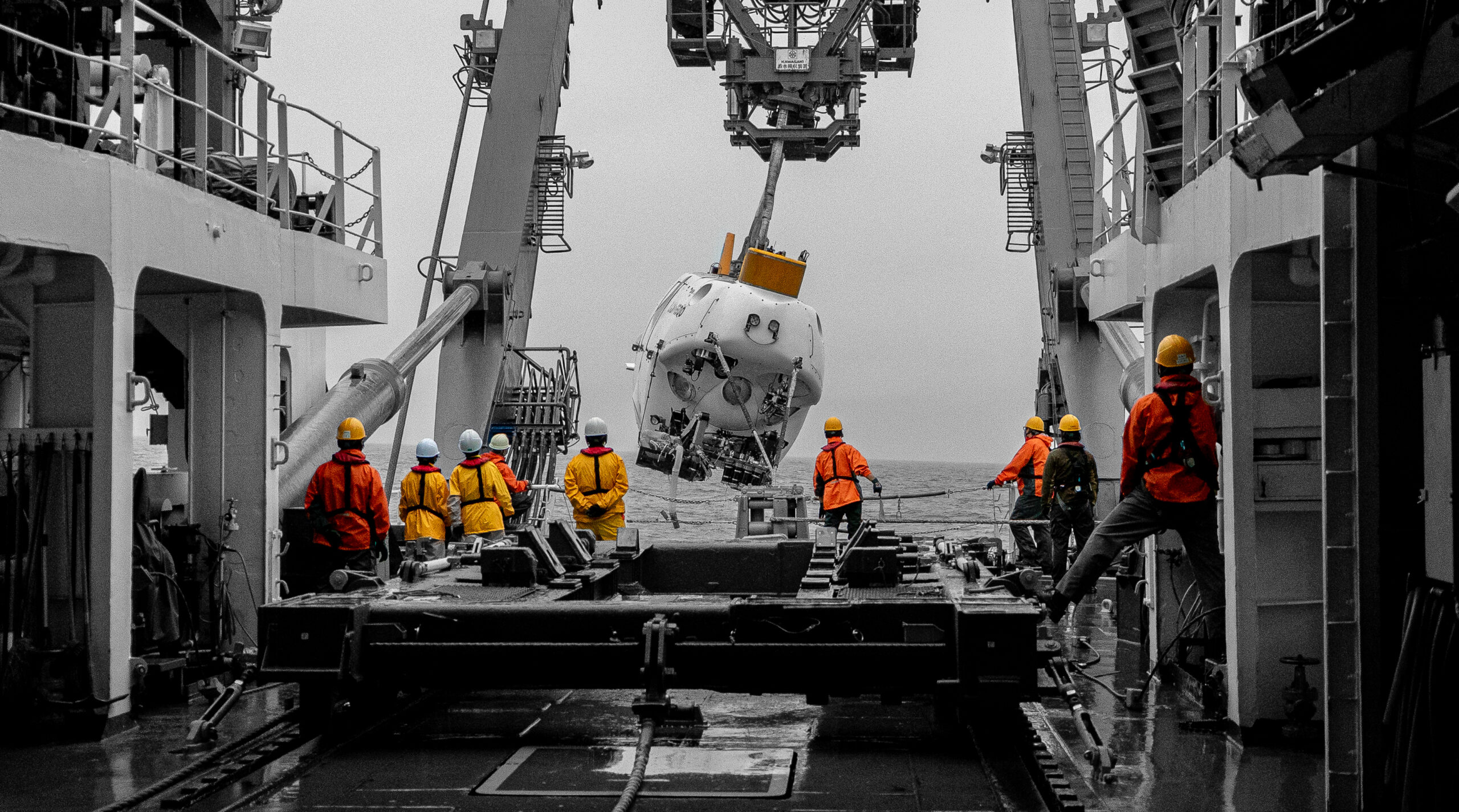
JAMSTEC Shinkai Expedition –
Dive Site: Nankai Trough
Dive Site
The Nankai Trough, a dive site of the JAMSTEC Shinkai expedition, stretches along the southeastern coast of Japan. It is one of the most geologically active and biologically important deep-sea regions in the western Pacific.
Formed at the subduction boundary between the Philippine Sea Plate and the Eurasian Plate, it hosts a unique deep-sea environment of active cold seeps, microbial ecosystems, and high biodiversity at depths reaching up to 4,800 metres.
Despite decades of tectonic research, large portions of the Nankai Trough have yet to be fully ecologically surveyed, with these rich habitats holding high potential for novel species discoveries.
Geological and Oceanographic Context
The Nankai Trough is a subduction zone, where dense oceanic crust sinks beneath the continental margin of southwestern Japan. This process drives the release of fluids from deep within the Earth’s crust, creating cold seeps — places where methane and other compounds leak through sediments and support chemosynthetic life.
These seep zones are structurally diverse, often including mud volcanos, carbonate crusts, and fault-controlled seeping features. Over time, shifts in tectonic stress can cause seep locations to migrate, making the region ideal for studying how biological communities respond to long-term environmental change.
Image Credit: Openclipart
Ecological Significance
Cold seep environments in the Nankai Trough support specialised deep-sea communities reliant on chemosynthesis, a biological process in which bacteria use reduced substances such as methane and hydrogen sulphide to generate energy, independent of sunlight. These microbial producers form the base of a food web that includes vesicomyid clams and tubeworms.
Surrounding sediments also host a wide diversity of meiofauna, which play a crucial role in nutrient cycling and sediment turnover. Many of these animals are small, soft-bodied, and poorly studied.
Recent studies have shown that biogeochemical cycles at Nankai seeps contribute significantly to the regional carbon budget. As methane-rich fluids rise through sediment layers, they are often consumed by microbial communities, reducing greenhouse gas release into the ocean-atmosphere system.
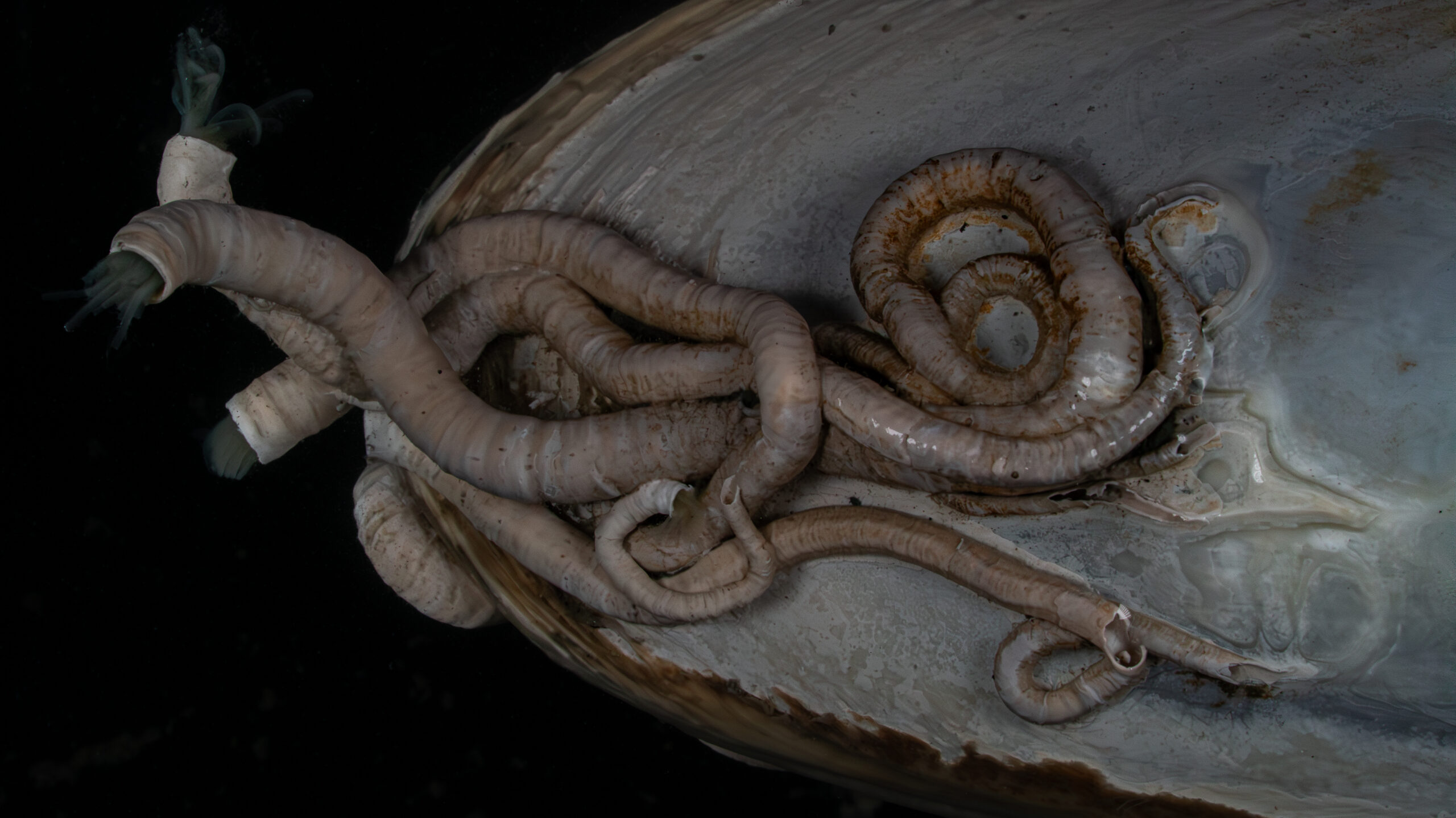
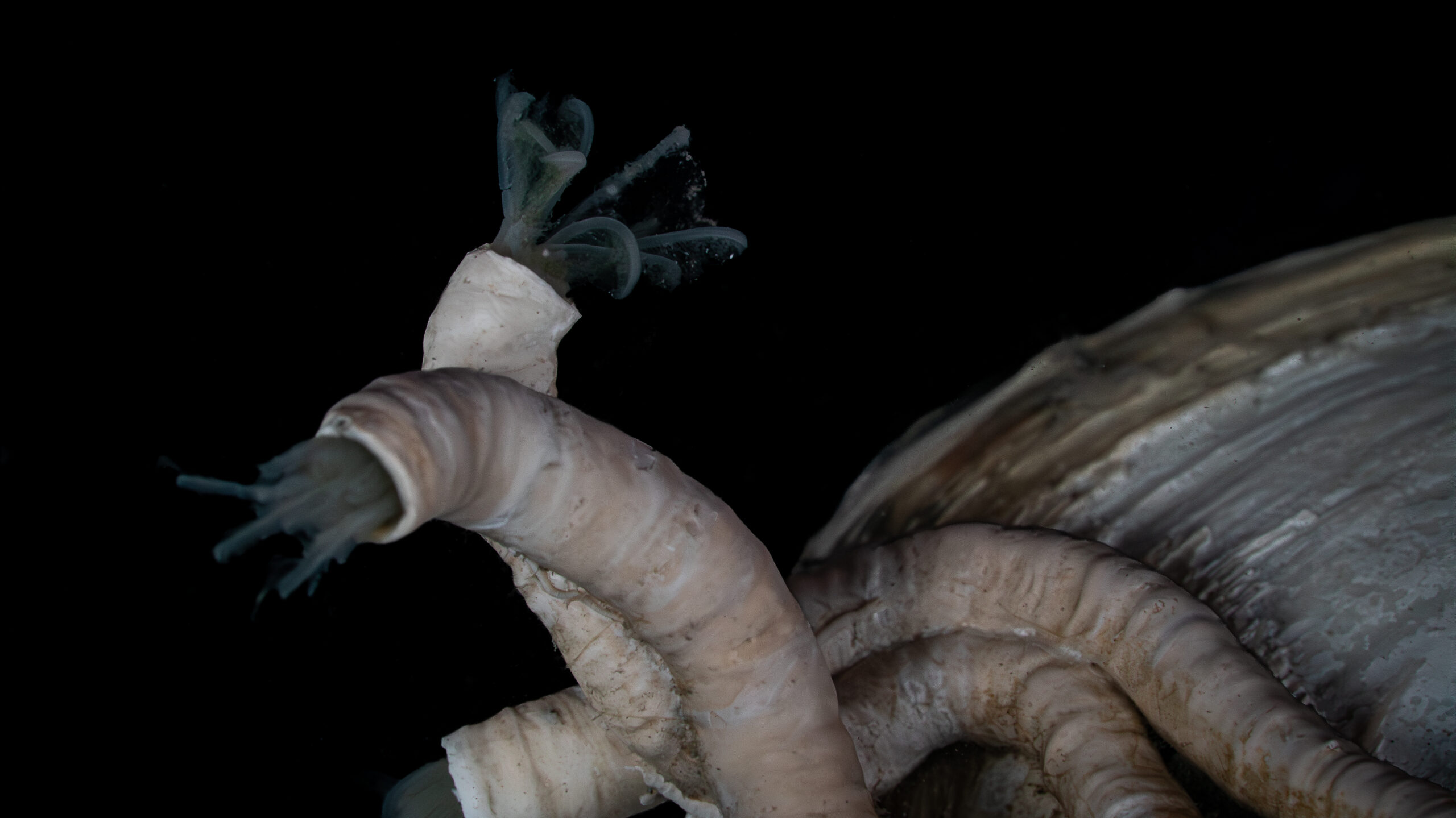
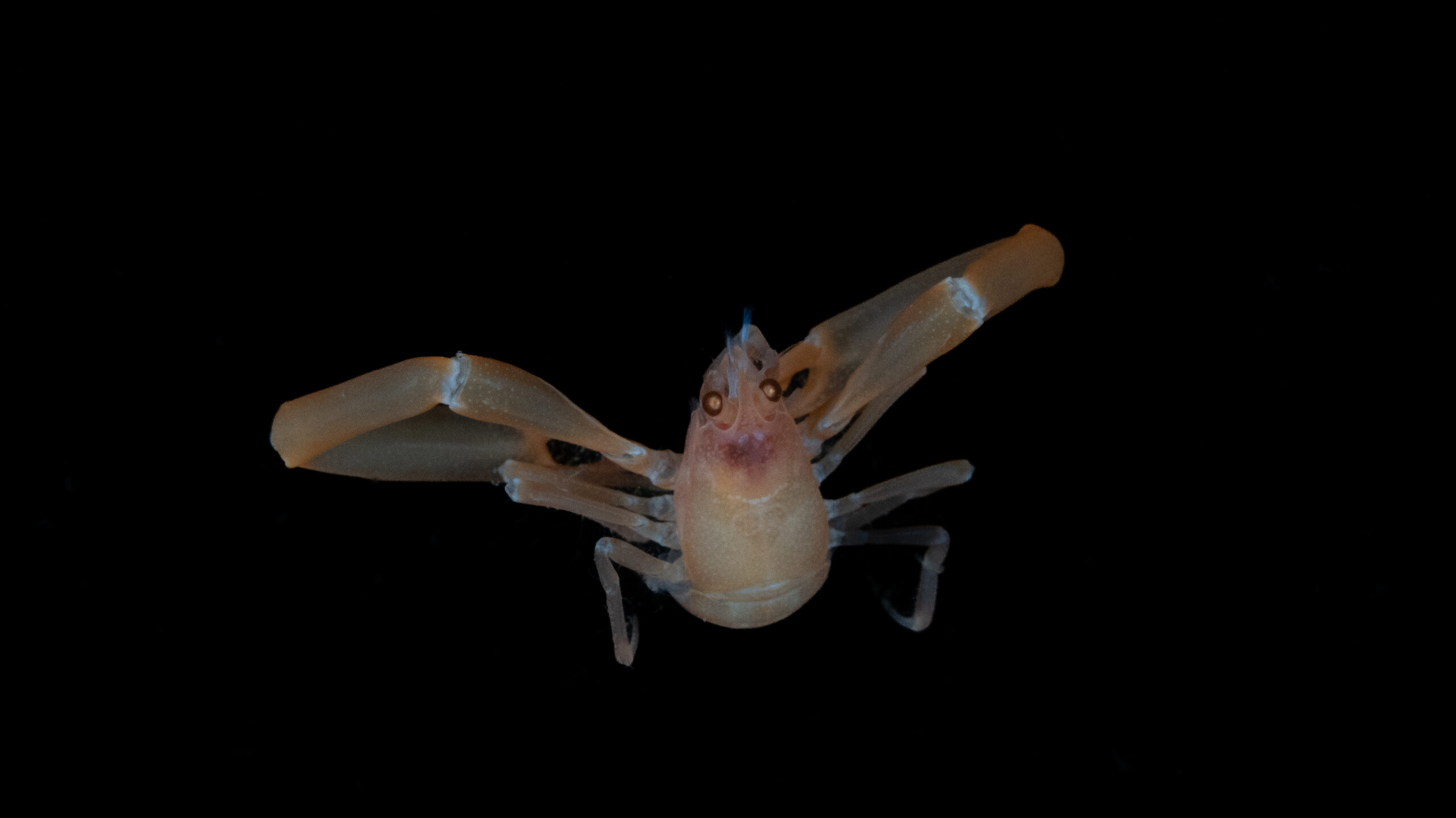

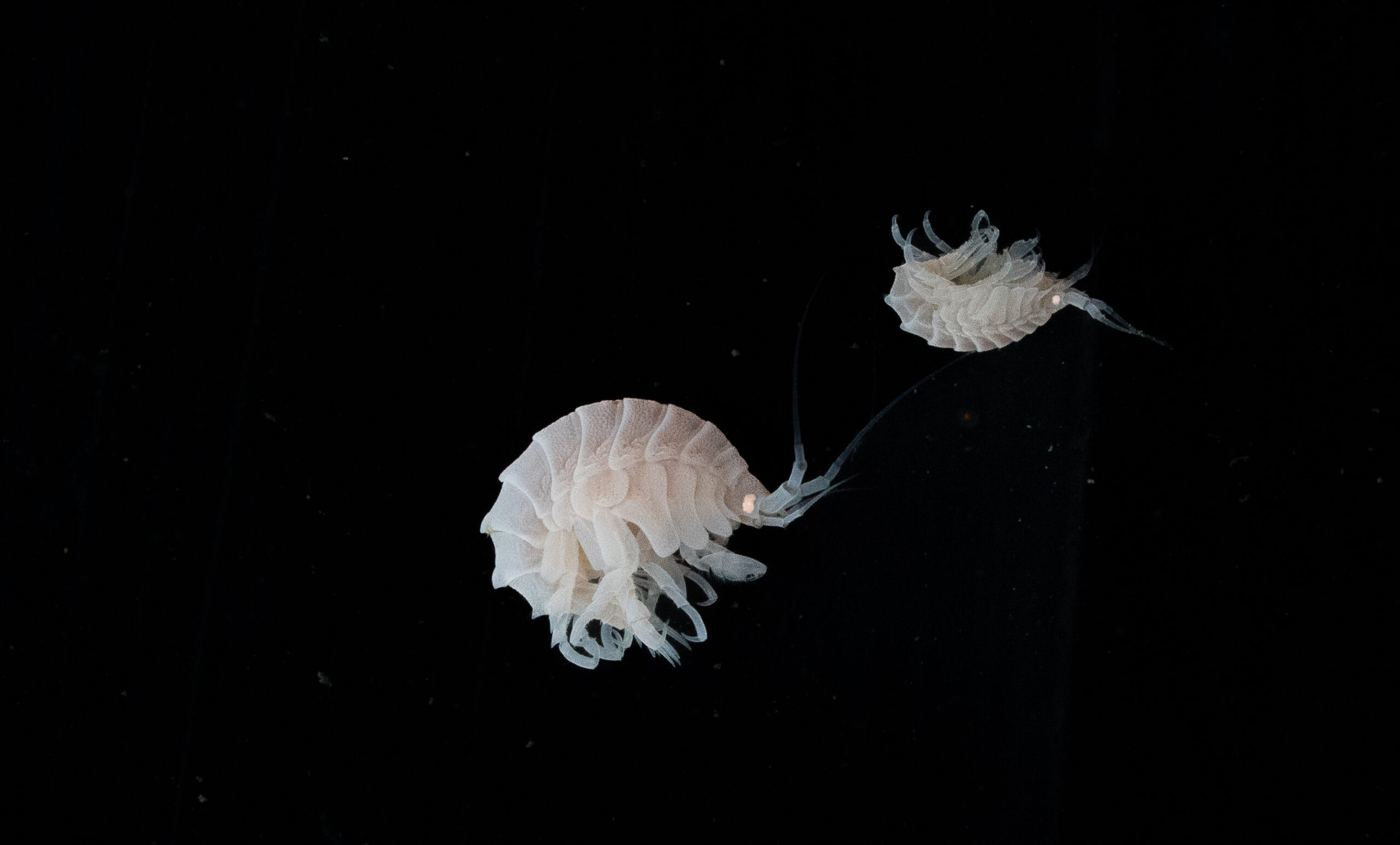
Research History
The Nankai Trough has long been a focal point for deep-sea geological and geophysical studies, but biological surveys have been more limited. Since the 1980s, Japan’s JAMSTEC programme has conducted dives using submersibles such as Shinkai 6500, collecting data on seafloor morphology, sediment cores, and microbial diversity.
In landmark studies, JAMSTEC and collaborators identified previously unknown seep communities and revealed complex faunal zonation patterns linked to seepage intensity. Yet many seep sites, including those off Kumano and Muroto, have not been revisited in over two decades, leaving major gaps in long-term ecological baselines.
Some recent work has used isotopic analysis and metagenomics to trace deep biosphere microbial activity, with findings suggesting that microbial life may persist thousands of years beneath the seafloor — even in low-energy environments.
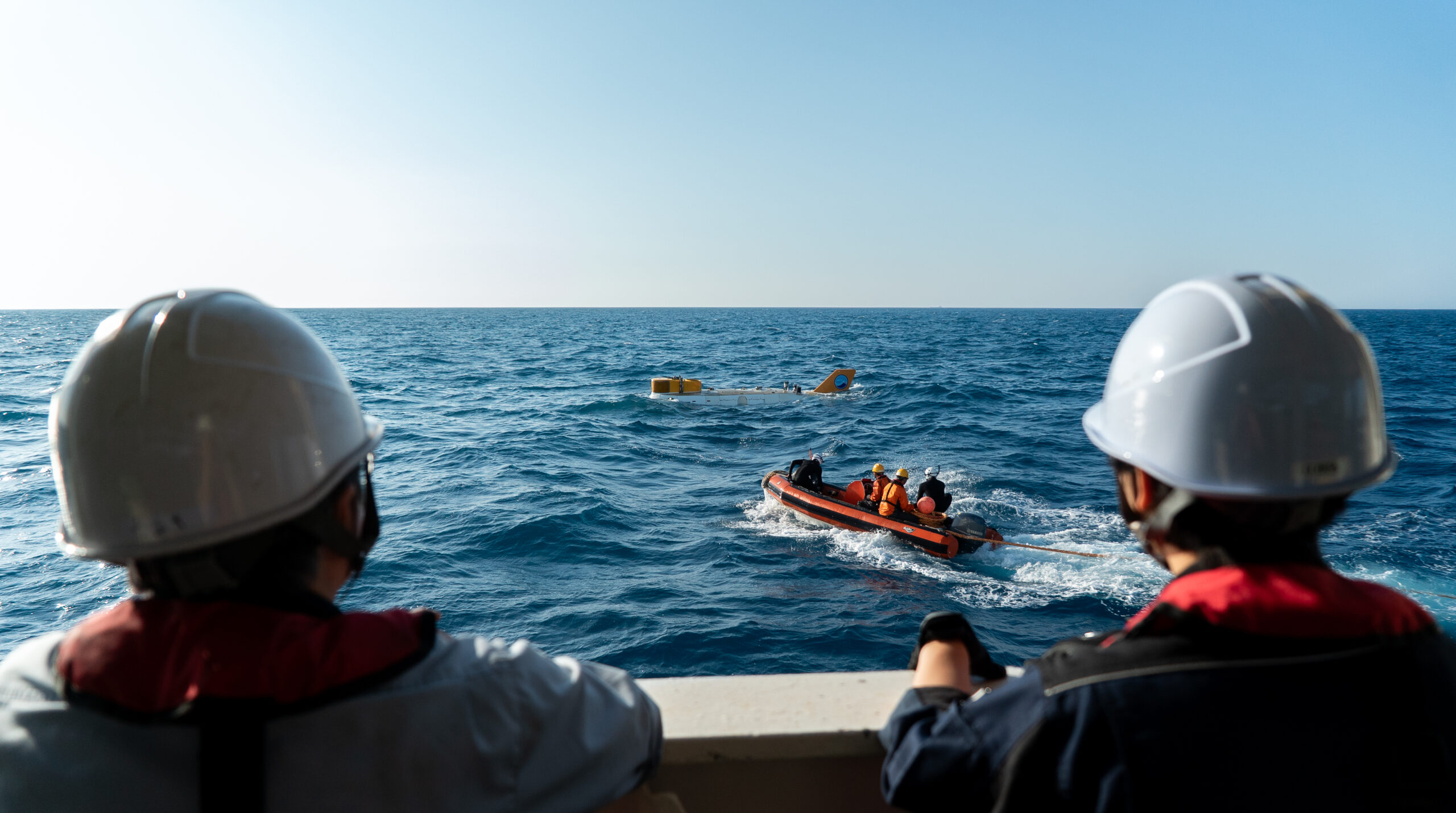
Image Credit: Paul Satchell-The Nippon Foundation-Nekton Ocean Census/©JAMSTEC
Ongoing research
Modern deep-sea missions, including those conducted by the Ocean Census and JAMSTEC, are returning to the Nankai Trough to conduct focused dives at historic seep sites and adjacent unexplored areas. As international interest in deep-sea biodiversity grows, understanding high-functioning ecosystems like Nankai’s seeps becomes a global scientific priority.
References
Nakajima, R., Yamakita, T., Watanabe, H., Fujikura, K., Tanaka, K., Yamamoto, H. and Shirayama, Y. (2014), Species richness and community structure of benthic macrofauna and megafauna in the deep-sea chemosynthetic ecosystems around the Japanese archipelago: an attempt to identify priority areas for conservation. Diversity Distrib., 20: 1160-1172. https://doi.org/10.1111/ddi.12204
More About the JAMSTEC Shinkai Expedition
The Ocean Census JAMSTEC-Shinkai expedition is a 20-day research mission that brings together Japanese Agency of Marine-Earth Science and Technology (JAMSTEC) and The Nippon Foundation-Nekton Ocean Census, with the key aim of exploring a range of deep-sea ecosystems within the Japanese EEZ (Exclusive Economic Zone) for new species of marine life.
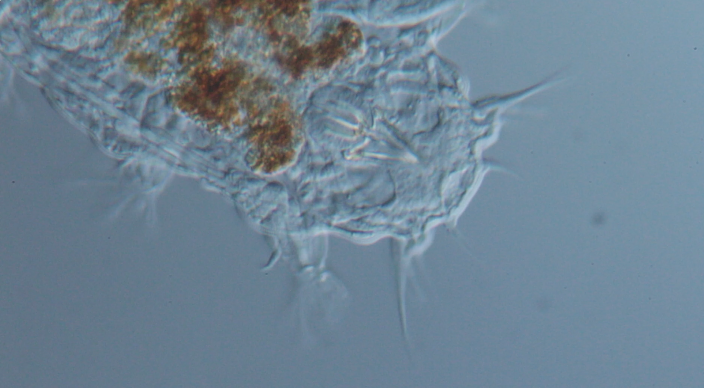
Related News
Join the census
The Ocean Census Alliance unites national and philanthropic marine institutes, museums, and universities, backed by governments, philanthropy, business and civil society partners.
